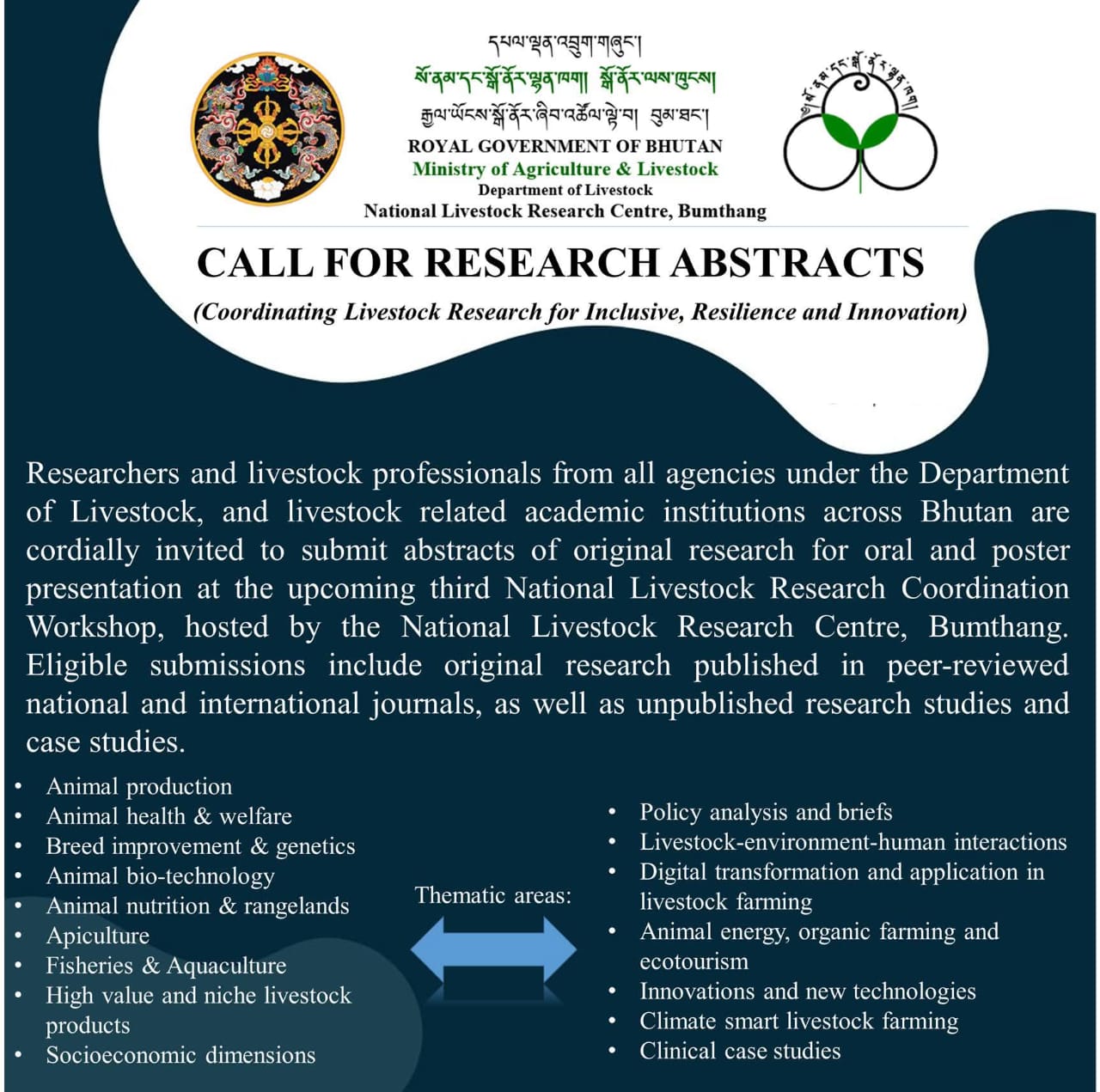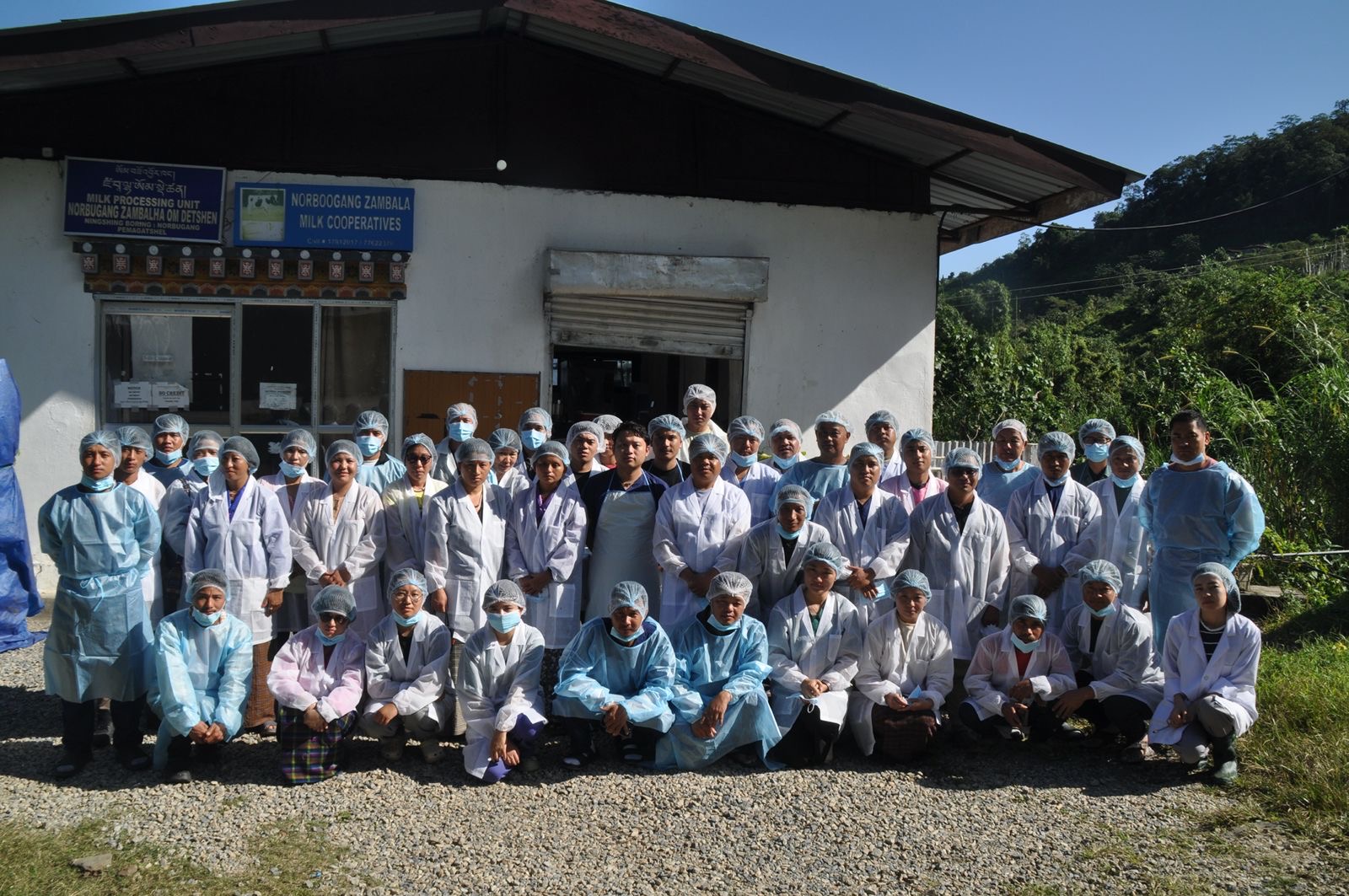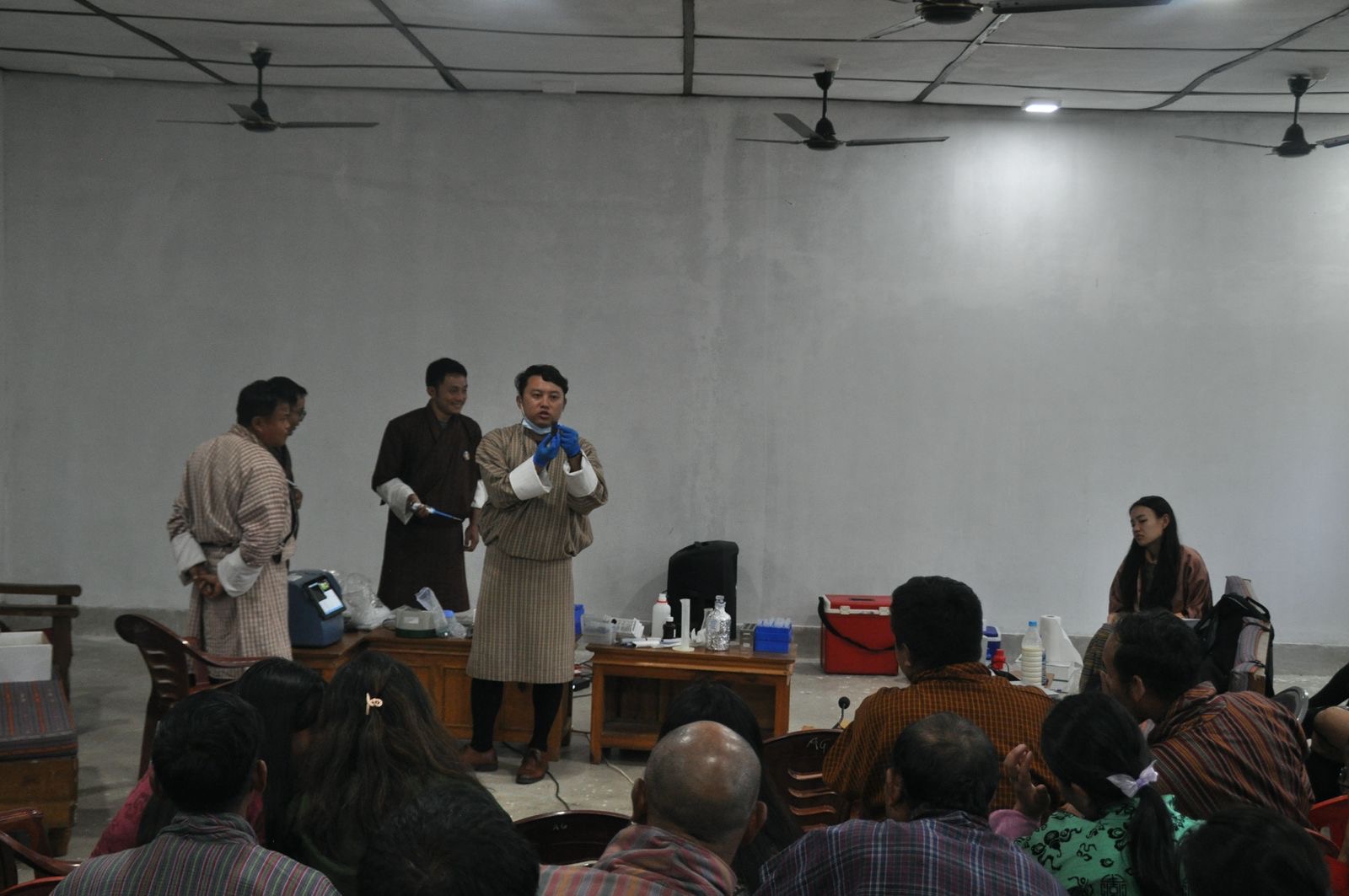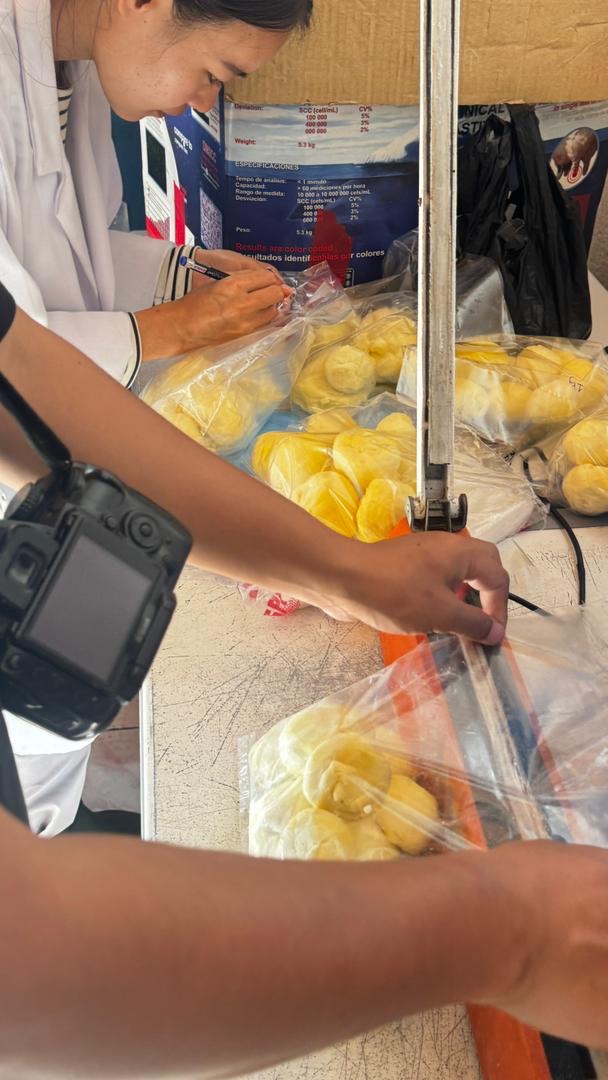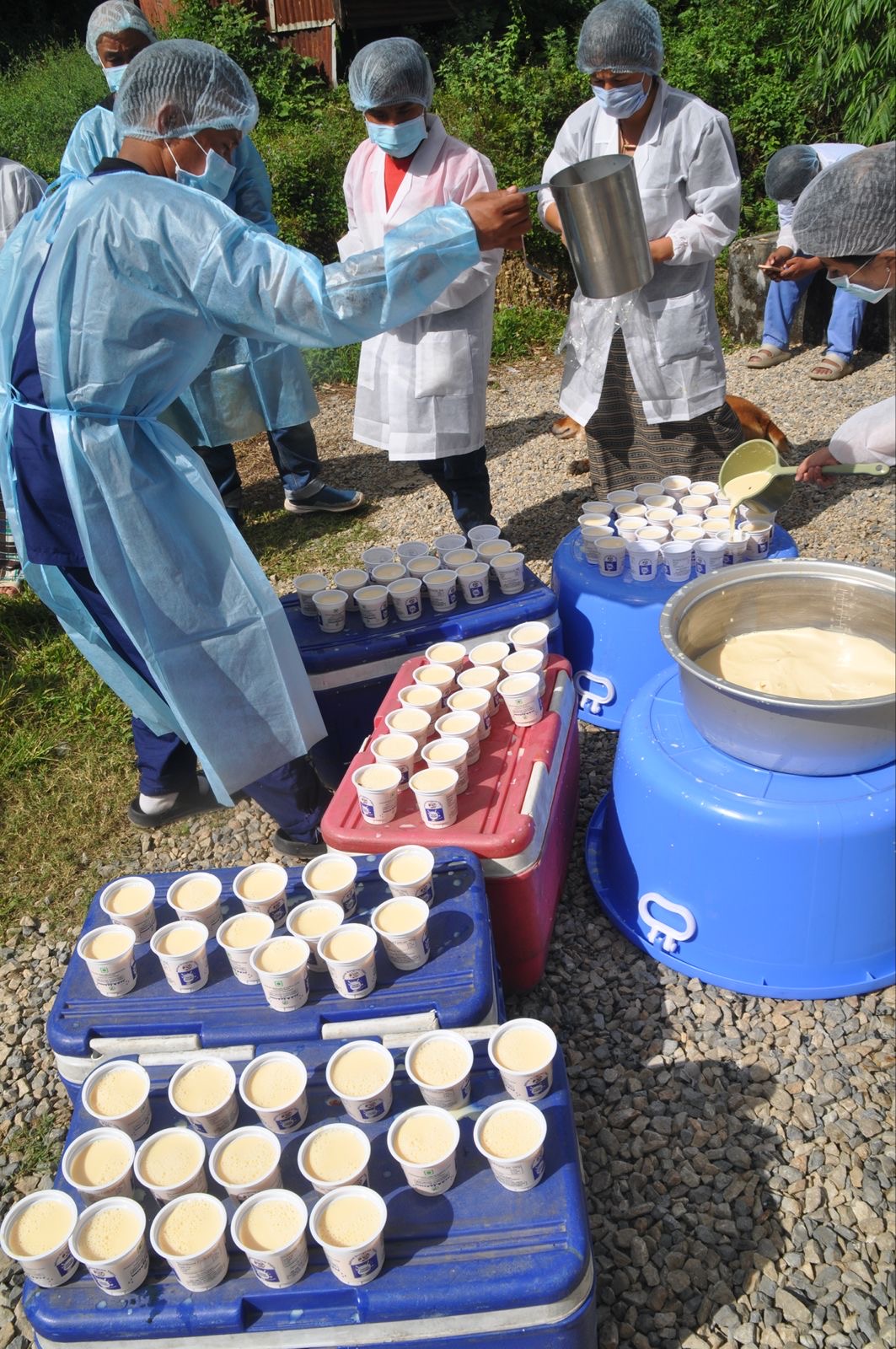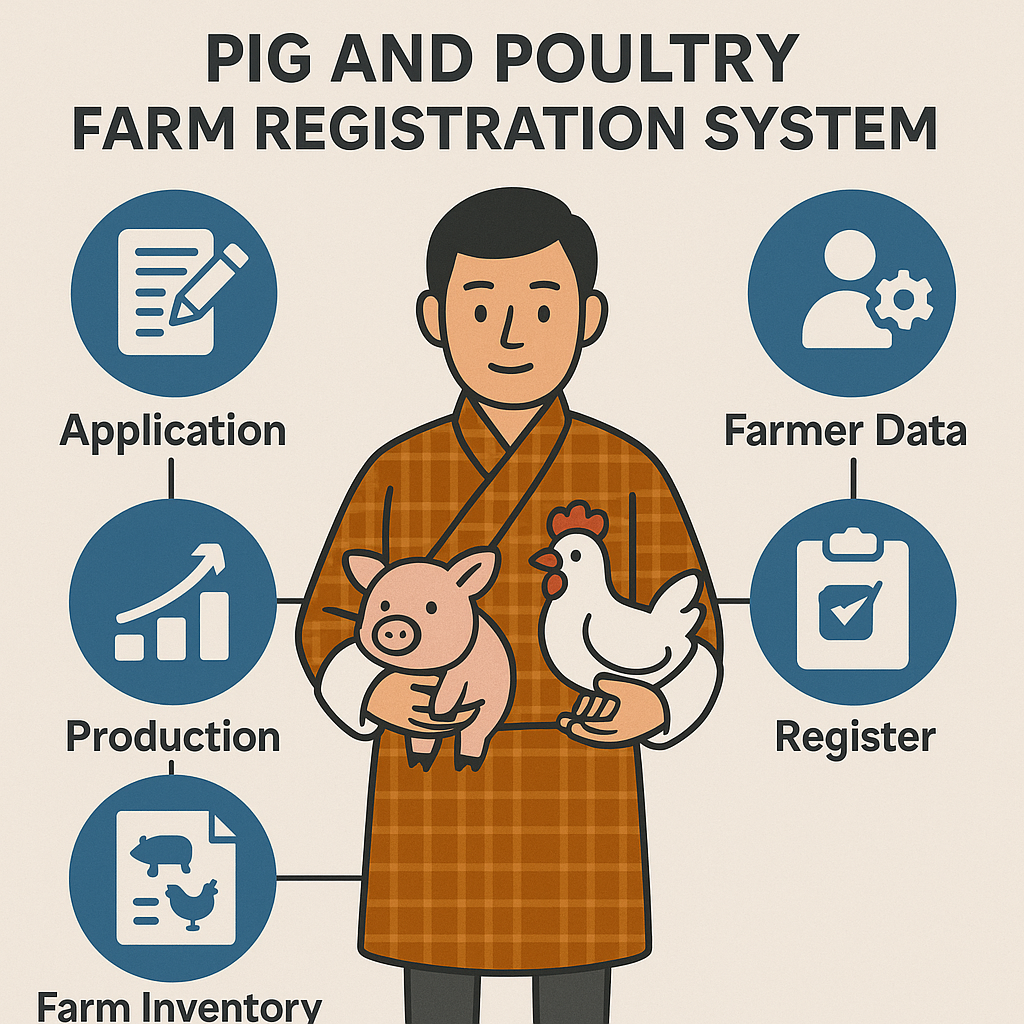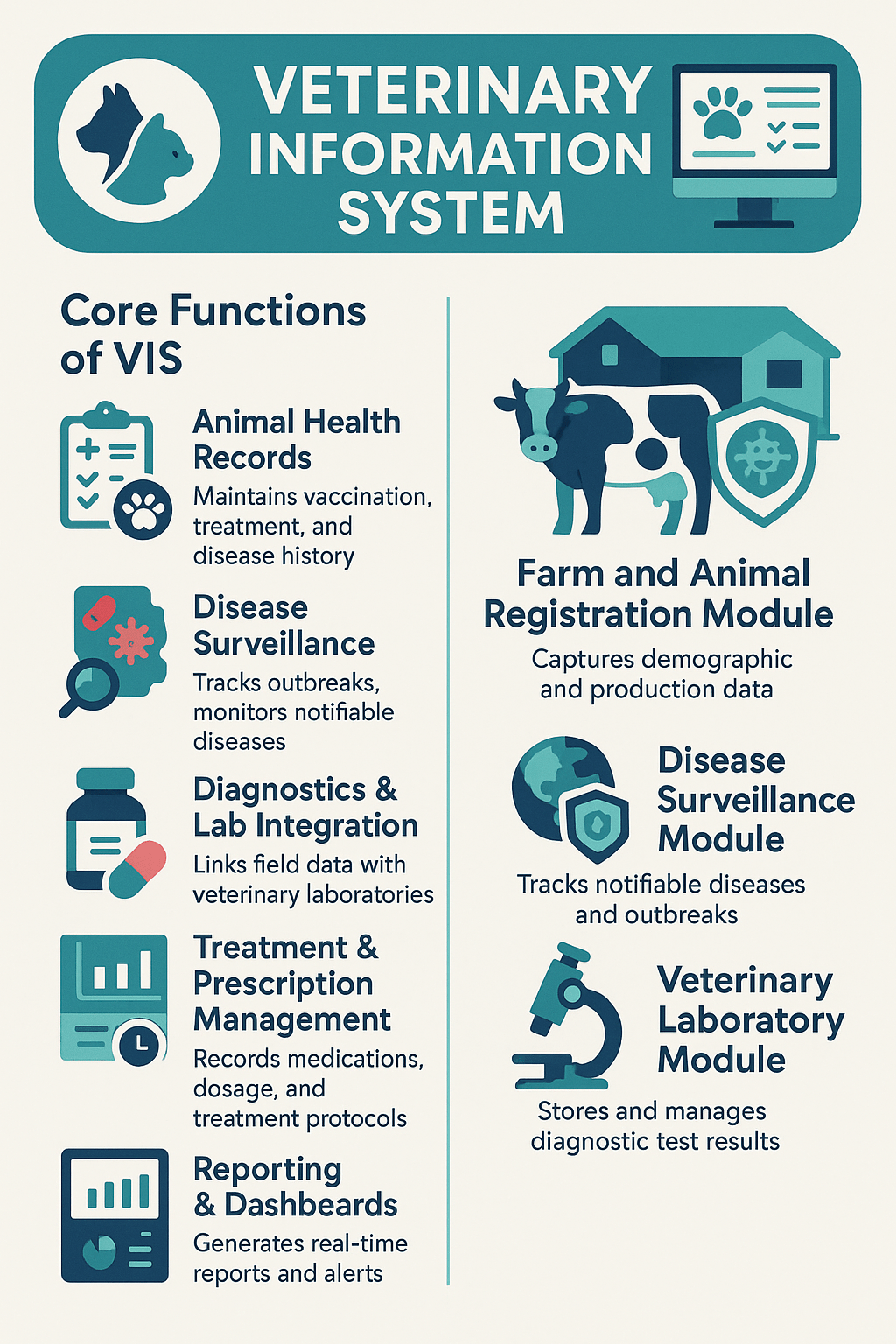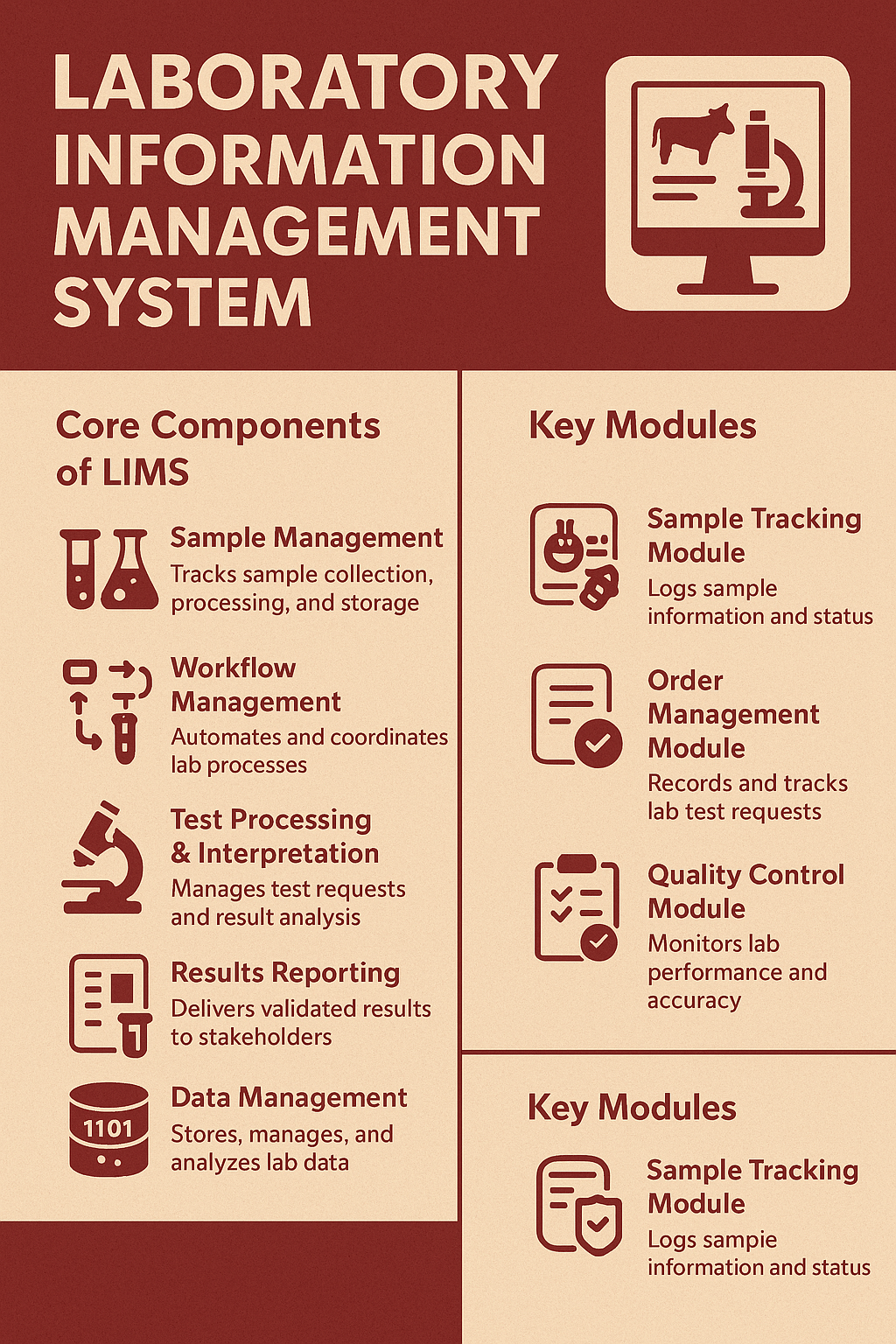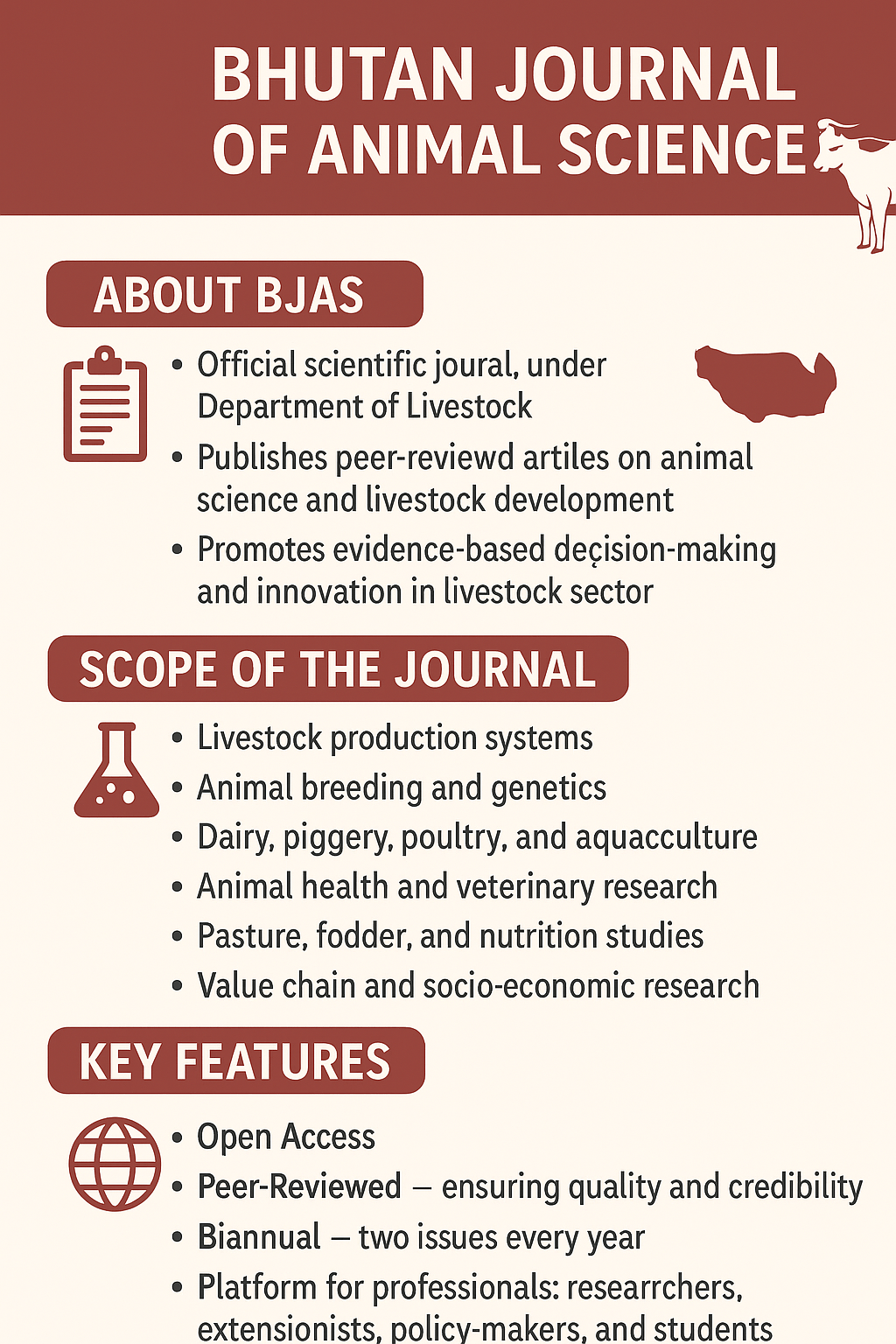Researchers, and livestock professionals from all agencies under the Department of Livestock, and livestock related academic institutions across Bhutan are cordially invited to submit abstracts of original research for oral and poster presentation at the upcoming 3rd National Livestock Research Coordination Workshop (NLRCW), hosted by the National Livestock Research Centre (NLRC), Bumthang.
Eligible submissions include original research published in peer-reviewed national and international journals, as well as unpublished research studies and case reports. All research must pertain to livestock development programs and will be reviewed under the following thematic areas:
- Animal production
- Animal health & welfare
- Breed improvement & genetics
- Animal bio-technology
- Animal nutrition & rangelands
- Apiculture
- Fisheries & Aquaculture
- High value and niche livestock products
- Socioeconomic dimensions
- Policy analysis and briefs
- Livestock-environment-human interactions
- Digital transformation and application in livestock farming
- Animal energy, organic farming and ecotourism
- Innovations and new technologies
- Climate smart livestock farming
- Clinical case studies
GUIDELINES FOR ABSTRACT SUBMISSION
- Abstracts can only be submitted online via the online Bhutan Journal of Animal Science at the following link: https://ojs.moal.gov.bt/
- Select “Register” (for first time users) or “Submit an Abstract” from the banner at the top of the page “Submission” and follow the prompts, completing all information requested, as applicable.
- Please follow these formatting instructions when submitting your abstract:
- Maximum abstract length of 250 words (not including author(s) and institution names or headings).
- Abstracts should be in Times New Roman, single line spacing, a 12-point font, saved and uploaded in MS Word format.
- Author(s) – Provide full given name, initial(s), and highest academic qualification of all contributing authors; list all authors in the order in which they contributed
- Affiliation(s) – Provide institution/organization name, city, state/province, and country of all contributing authors, with superscripted number indicating related affiliation
- Results – Abstracts must contain results (abstracts with phrases such as “… results and conclusions will be presented …” will not be considered).
- Tables/Figures – Tables and figures may NOT be used in the Results section.
- Abstract section headings – Please only use the following section headings in your abstract submission:
- Abstract Title
- Author Name(s)
- Affiliation(s)
- Objective
- Study area and period
- Study design
- Sample size and sampling
- Results
- Conclusions
- Abstracts must be written in English.
- Abstracts selected for presentations will be invited for oral presentation on 23rd December 2025 (Exact venue to be intimated later).
- Selected authors should prepare PowerPoint presentation for a maximum of 10 minutes which can include tables and figures in the methodology and result sections.
- Similarly, selected authors should also prepare a poster for dissemination their research findings and it’s technology during the session.
- Selected presenters shall be considered for per diem and logistic supports from the workshop organizer.
| ABSTRACTS THAT DO NOT FOLLOW THE ABOVE FORMAT WILL AUTOMATICALLY BE REJECTED WITHOUT REVIEW
|
ABSTRACT SUBMISSION DEADLINE
Abstracts must be submitted online by 5th December 2025 before 17:00 hours (BST).
ABSTRACT SUBMISSION PROCESS QUESTIONS
Should you have any questions regarding the submission process, please contact:
Pema Thinley, DCLPO
Email: pemathinley2@moal.gov.bt
Phone: +975-17706631
CALL FOR RESEARCH ABSTRACTS
(Coordinating Livestock Research for Inclusive, Resilience and Innovation)
SAMPLE FOR SUBMISSION OF ORIGINAL RESEARCH ABSTRACT
Abstract Title
Prevalence and Zoonotic Potential of Ancylostomiasis in Dogs in Bumthang District, Bhutan
Author Name(s)
1Jambay Dorjee, MVPH; 1Tshering Dorji, MSc; 1Norbula, Dip. VLT; 2Jamtsho, BVSc & AH and 3RB Gurung, PhD
Affiliation(s)
1Regional Livestock Development Centre, Zhemgang, Bhutan
2District Veterinary Hospital, Dzongkhag Administration, Bumthang, Bhutan
3National Centre for Animal Health, Serbithang, Bhutan
Objective
To determine the prevalence of ancylostomiasis among dogs in Bumthang district
Study area and period
Four sub-districts under Bumthang district; 15th March 2021 to 30th April 2021
Study design
Cross-sectional study
Sample size and sampling
Faecal and whole blood samples were collected from 177 dogs (100 free-roaming and 77 pet dogs) in Bumthang. Faecal samples were processed and examined for hookworm eggs using standard parasitological methods.
Based on the total dog population in the district, probability proportional to size (PPS) sampling frame was worked out for each sub-district. Sampling was done from every tenth free-roaming (stray) dog and every fifth owned dog (pet) presented to the clinic during the entire DPM program.
Results
The overall prevalence of ancylostomiasis in Bumthang was 5.6% (95% CI; 2.25-9.05). The prevalence was highest in Chhoekhor Toed with 9.1% followed by 8.8% in Chamkhar town, 5.4% in Tang, 2.6% in Ura and none in Chumey. The prevalence was comparatively higher in pet dogs (6.5%, 95% CI; 0.73-9.27) than free-roaming dogs (5.0%, 95% CI; 0.99-11.99). However, there was no statistical significance between the prevalence in pet dogs and free-roaming dogs (p> 0.05).
Conclusions
This study indicates that dogs in Bhutan are known reservoir hosts of human hookworm infection. The finding necessitates the inclusion of dogs in any interventions to combat human hookworm infections in the country. Further, the molecular characterization of the Ancylostoma species needs to be carried out in order to understand Ancylostoma species and species-specific potential public health risks in the country.
Note** (Word count: 250 words excluding title, author(s), affiliations and section headings)
![]()

